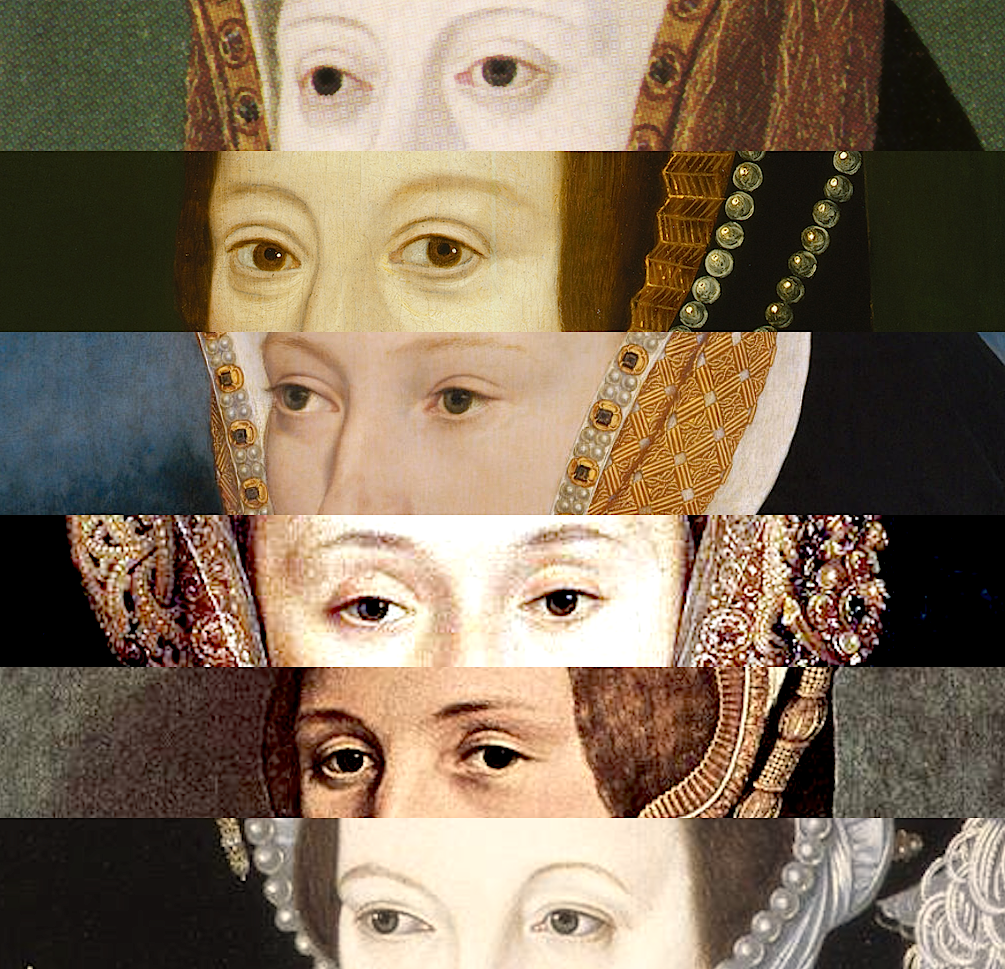

Painfully aware that their claim to the throne was tenuous and that the prospect of a return to civil war loomed around every corner, the Tudor monarchs devoted vast resources to crafting their public image as divinely ordained rulers. The second Tudor monarch, Henry VIII, brought about England’s break with the Roman Catholic church, while his daughters, Mary I and Elizabeth I, were the first two women to rule the country in their own right. The dynasty emerged from the devastation of the Wars of the Roses, which ended in 1485 when Henry Tudor seized the throne. Though the Tudor dynasty ruled for only three generations, it oversaw the transformation of England from an impoverished backwater to a major European power operating on a global stage. This Audio Guide is sponsored by Bloomberg Philanthropies. NARRATOR: And you’ll hear the voices of some of those personalities, in their own words, from first-hand historic accounts from the Tudor period. And introduce our visitors to the incredibly engaging and colorful personalities of this court. We want to present the Tudor courts as a center of Renaissance innovation and patronage.

I’m an associate curator in the Department of European Paintings. One of the things that's so compelling about the Tudors is that they really knew how to use art to project and craft this incredible impression of majesty. ELIZABETH CLELAND: I'm Elizabeth Cleland and I'm a curator in the Department of European Sculpture and Decorative Arts at The Metropolitan Museum of Art.

VOICE 2: Captain of rebels and traitors, descended of bastard blood… NARRATOR: But Henry’s new dynasty gained recognition from the world and it achieved this partly through the magnificence of its art. Henry’s enemies describe him in damning terms: VOICE 1: An unknown Welshman whose father I never knew… NARRATOR: And another referred to Henry Tudor as. Henry Tudor has just seized the throne of England. NARRATOR: Welcome to The Tudors: Art and Majesty in Renaissance England.


 0 kommentar(er)
0 kommentar(er)
